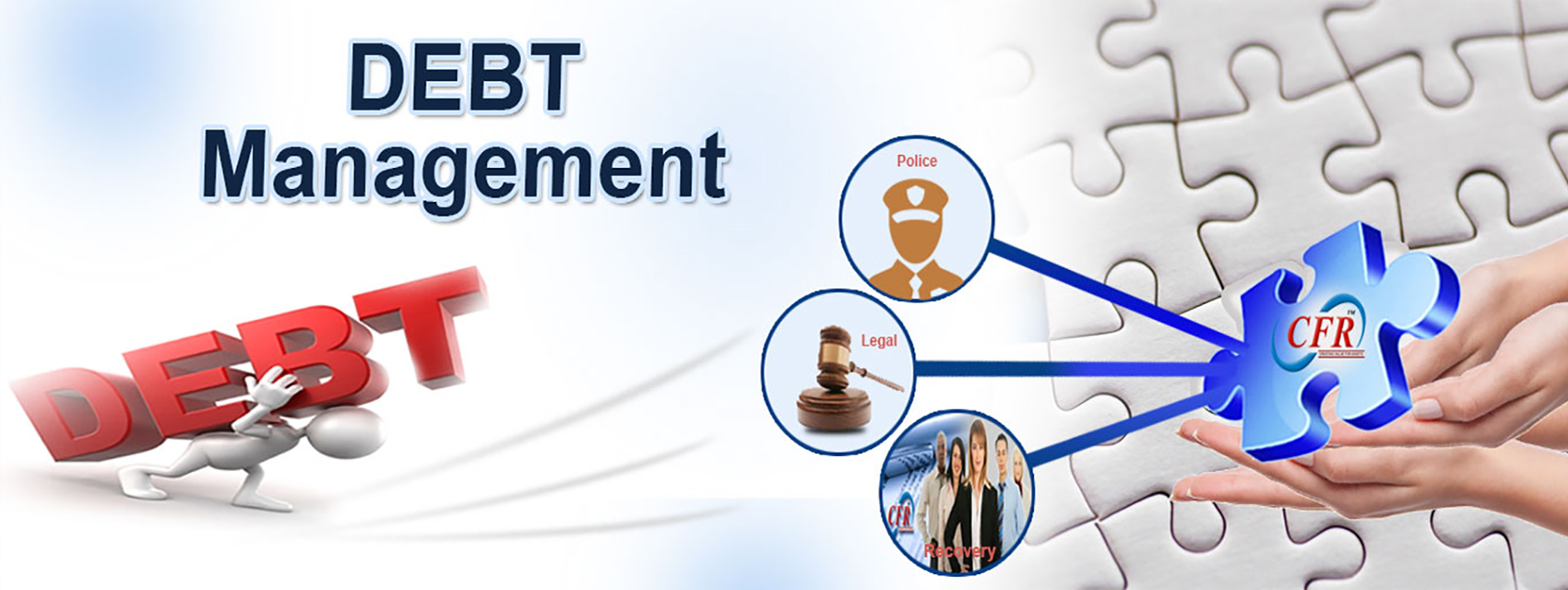Efficient Financial Debt Debt Consolidation Strategies for Financial Liberty: More Discussion Posted Here
Efficient Financial Debt Debt Consolidation Strategies for Financial Liberty: More Discussion Posted Here
Blog Article
Everything You Required to Find Out About Developing a Customized Debt Management Plan
In the realm of individual finance, creating a customized financial obligation administration strategy is frequently the keystone of attaining monetary stability and assurance. By thoroughly examining your existing monetary responsibilities, establishing attainable financial goals, and crafting a practical budget, you lead the means for efficient debt payment techniques. Nonetheless, the trip to economic liberty is not entirely regarding preliminary planning; it likewise requires ongoing surveillance and changes to make certain ongoing development. As you navigate the complexities of producing a tailored debt administration plan, recognizing the ins and outs of each action is crucial to your financial success.
Assessing Your Present Debt Situation
One have to initially conduct a complete examination of their current debt commitments prior to developing a reliable financial debt administration strategy. Assessing your existing financial debt situation is an important very first step in gaining control of your financial resources. Begin by collecting all necessary monetary files, such as bank card statements, lending agreements, and any type of impressive bills. Develop an in-depth list of each financial obligation, consisting of the total quantity owed, passion prices, minimum monthly repayments, and due dates. This comprehensive introduction will provide a clear image of your financial standing and help focus on which debts to resolve first.
After compiling this information, compute your complete debt-to-income ratio by splitting your monthly financial debt repayments by your month-to-month earnings. Understanding these facets of your economic situation will certainly assist you in developing a personalized financial obligation monitoring strategy tailored to your certain requirements and goals.
Setting Financial Goals and Targets

When establishing economic goals, it is essential to be particular, measurable, possible, relevant, and time-bound (WISE) For instance, you could set an objective to repay a specific quantity of financial obligation within a particular time structure, such as lowering your bank card balance by $5,000 in the next twelve month - More Discussion Posted Here. By setting clear targets like this, you can track your progression and stay inspired to attain your debt monitoring objectives
In addition, take into consideration prioritizing your debts based on elements such as rates of interest, impressive equilibriums, and repayment terms. By concentrating on high-interest debts initially, you can conserve cash over time and increase your journey toward economic liberty. Bear in mind, everyone's financial scenario is special, so customize your objectives and targets to fit your private requirements and situations.
Creating a Realistic Budget
Crafting a well-defined spending plan is a fundamental step in effective debt management and financial preparation. A realistic spending plan serves as a roadmap for your financial wellness, helping you track your earnings, expenses, and financial obligation payments. To produce a functional spending plan, beginning by noting all your income sources. This includes your income, side rush revenues, or any kind of various other financial inflows. Next, magazine all your repaired costs such as rental fee or mortgage, utilities, insurance coverage, and loan repayments. Variable expenses like Get the facts groceries, amusement, and transportation ought to likewise be consisted of. Differentiate between wants and needs to prioritize essential costs and determine areas where you can cut down.
Routinely review and adjust your budget plan as needed to remain on track with your financial objectives and financial obligation repayment plan. By adhering to a practical budget plan, you can efficiently manage your debt and job in the direction of a much more protected monetary future.
Checking Out Financial Obligation Payment Techniques
After developing a realistic budget plan, the following critical action in reliable debt management is to discover different financial debt repayment methods. One common method is the snowball approach, where you concentrate on repaying the tiniest debts initially while making minimum payments on larger financial obligations. This approach can assist develop energy as you see smaller sized debts being cleared, giving inspiration to deal with bigger ones.
An additional strategy is the avalanche approach, which entails focusing on debts with the highest rate of interest rates. By targeting high-interest debts first, you can reduce the general quantity you pay in rate of interest over time. This method may be a lot more cost-efficient over time, although it may take longer to see specific financial debts totally repaid.
Financial obligation loan consolidation is another alternative where you integrate multiple financial debts into a single car loan with a reduced rate of interest rate. This can simplify your payment process and possibly lower the complete rate of check this interest paid. However, it's important to carefully take into consideration the terms and costs associated with debt consolidation to ensure it's the right selection for your monetary scenario.
Tracking and Adjusting Your Strategy

Adjusting your strategy might include reapportioning funds to tackle high-interest financial debts initially, working out with creditors for reduced rates of interest or far better settlement terms, or checking out added income sources to quicken financial obligation payment. As your monetary situation advances, your financial debt monitoring strategy need to adjust as necessary to continue to be effective. By staying positive and adaptable in monitoring and adjusting your plan, you can maximize your efforts towards paying off your financial debts successfully and accomplishing your financial goals.
Final Thought
To conclude, developing a customized financial debt management plan includes assessing current financial debt, establishing monetary goals, creating a realistic budget, exploring payment approaches, and tracking and readjusting the strategy as needed. By adhering to these steps, people can take control of their financial circumstance and work towards coming to be debt-free. It is essential to stay disciplined and committed to the strategy in order to attain lasting financial stability.
One need to initially conduct a detailed analysis of their existing financial debt responsibilities before formulating an effective financial debt management plan.After developing a reasonable spending plan, the following essential action in effective financial debt management is to check out numerous debt repayment strategies - More Discussion Posted Here.To properly manage your financial obligation, continual monitoring and modification of your financial debt management plan are crucial parts for long-lasting financial security.Readjusting your plan may explanation entail reallocating funds to tackle high-interest financial obligations initially, working out with financial institutions for lower rate of interest rates or much better repayment terms, or discovering added income resources to quicken financial debt settlement.In conclusion, producing a tailored financial debt management plan includes examining existing financial debt, setting financial objectives, producing a reasonable budget, discovering repayment strategies, and monitoring and adjusting the plan as needed
Report this page